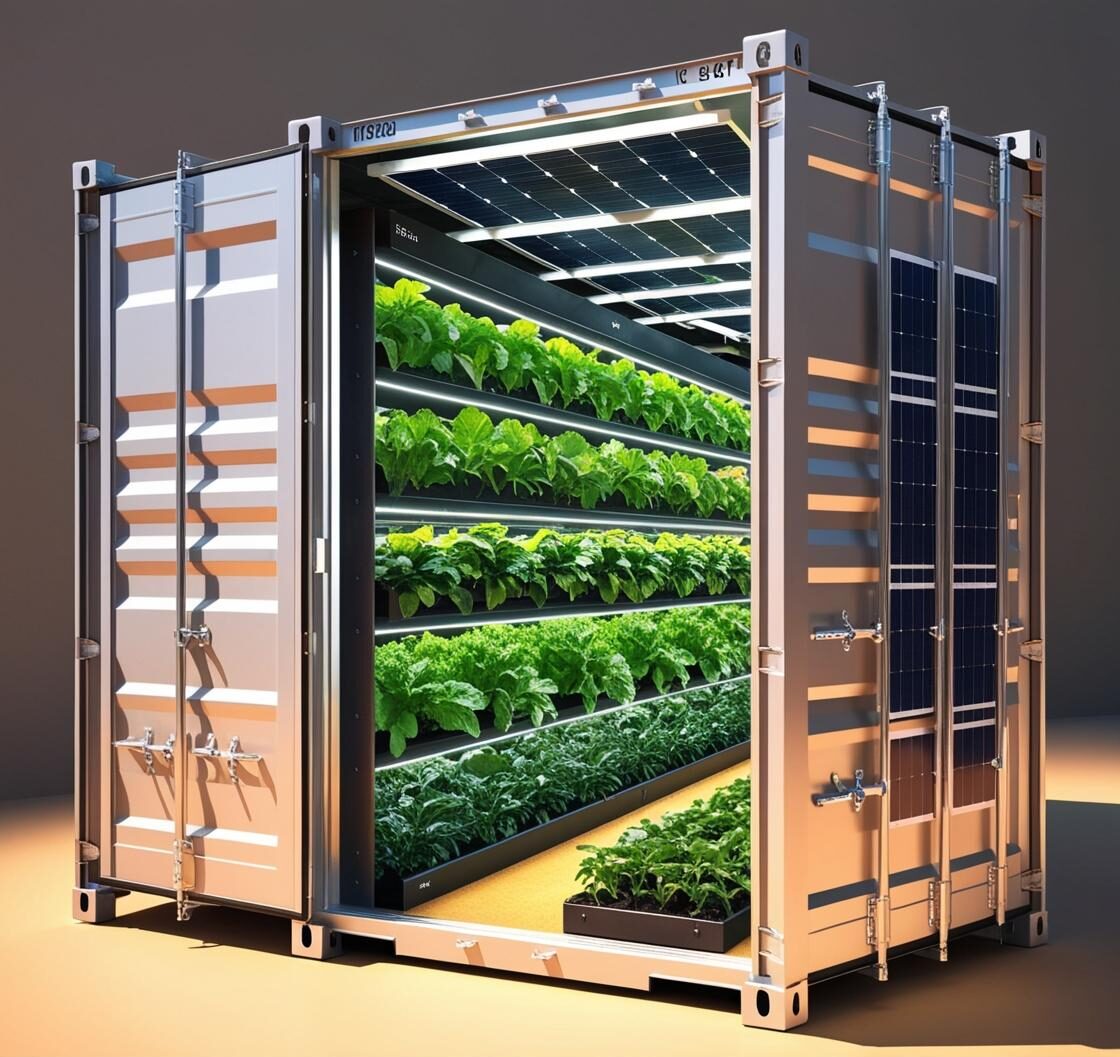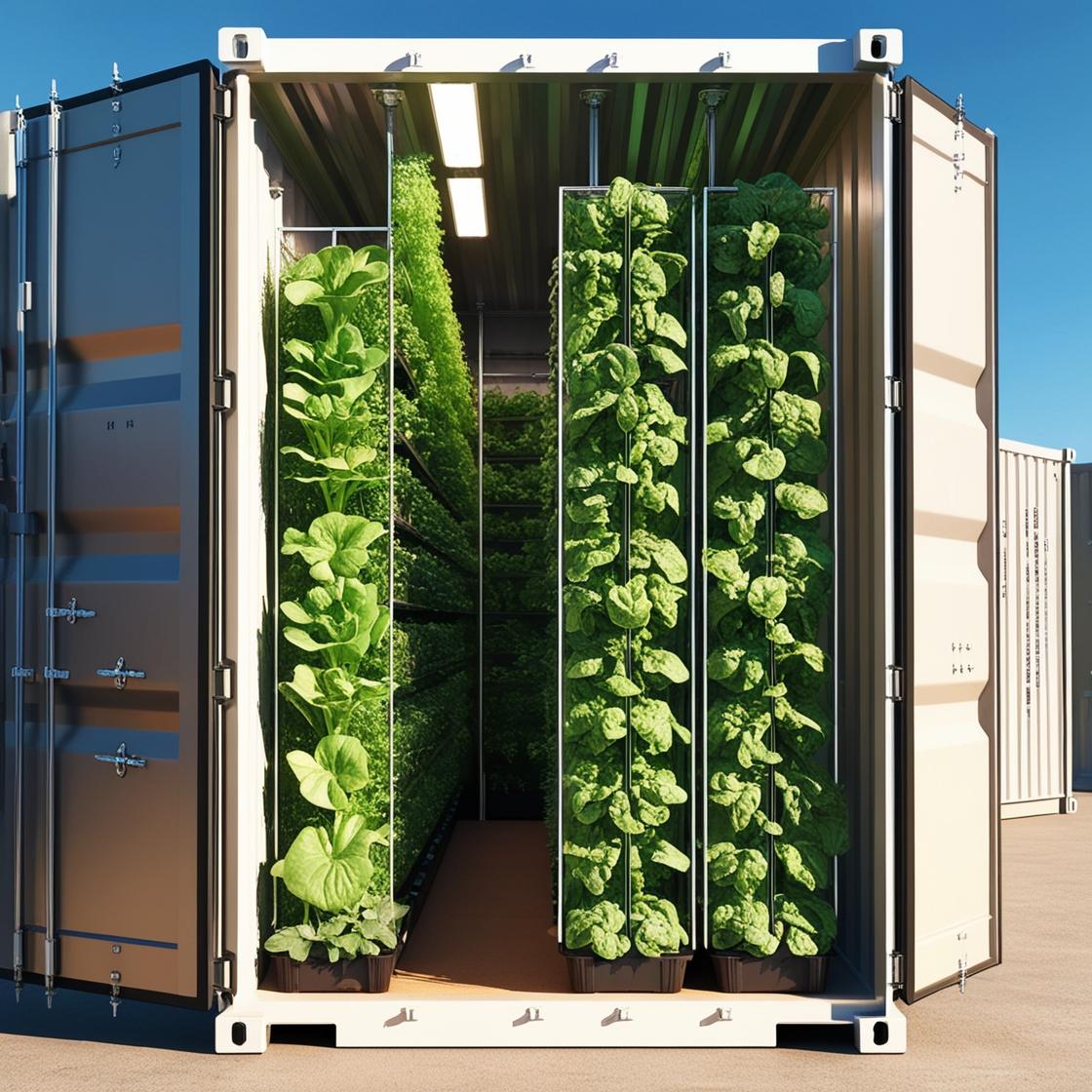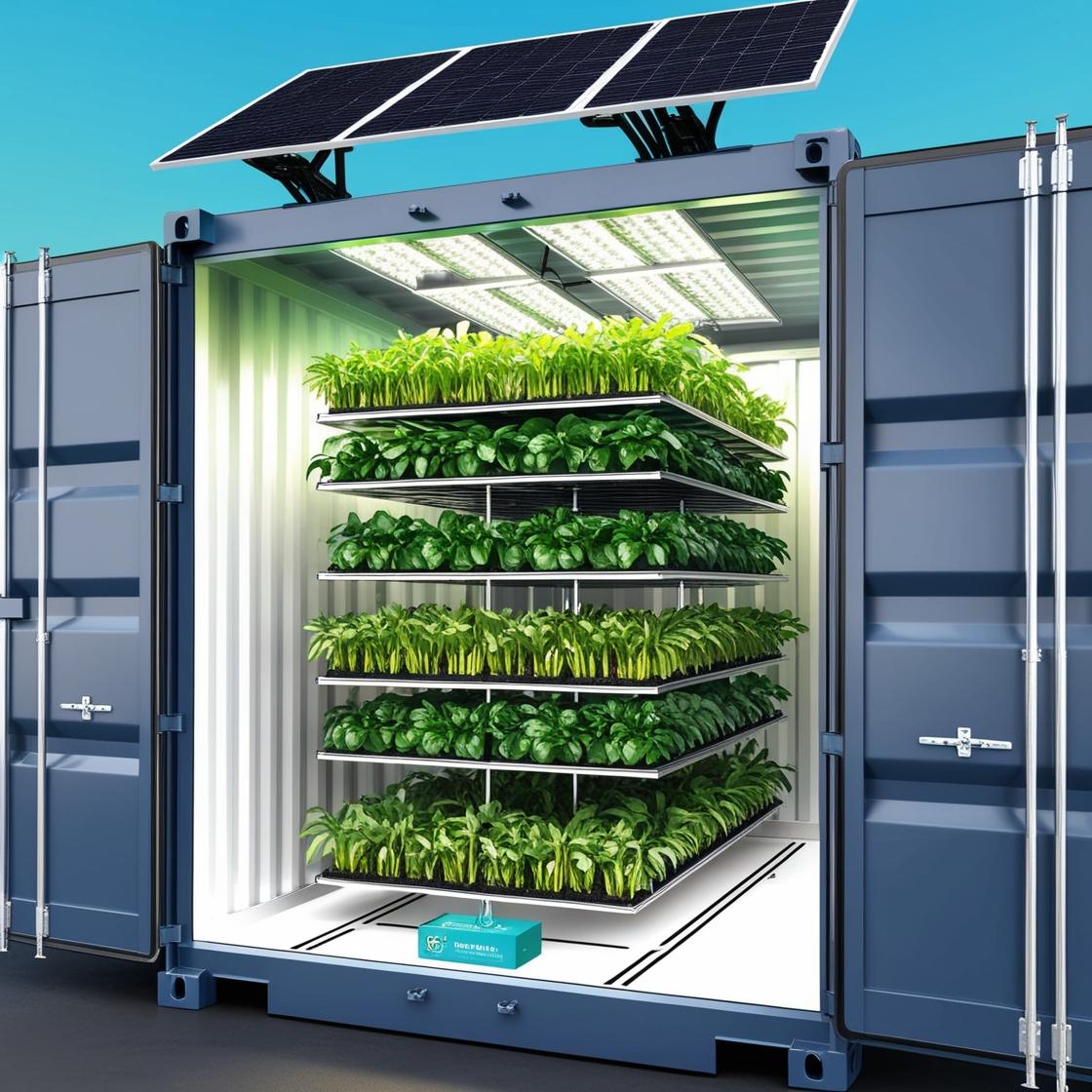Discover the Future of Fresh and Sustainable Living with Vertical Farming
Revolutionize Your Home with Vertical Farming
Harvest Fresh, Healthy Produce Anywhere with Vertical Farming– A Sustainable Solution for Your 4Ever Home
What is an Vertical farming
Vertical farming is an innovative method of growing crops in stacked layers or vertically inclined surfaces, often using controlled indoor environments. It maximizes space efficiency by growing plants upwards rather than outwards, making it an ideal solution for urban and small-space homes like 4Ever Homes. This method can utilize technologies such as hydroponics (growing plants in water), aeroponics (growing plants in air with minimal water), and aquaponics (integrating fish farming with plant growth).
Space-Saving Design
Water Conservation
High Crop Yield
Discover the Science Behind Vertical Farming
How Vertical Farming Works
How it works?
Layered Structure:
- Vertical farms utilize stacked layers or towers to grow crops, making use of vertical space in areas like basements, attics, rooftops, or even small backyards.
- Each layer has grow beds or containers for plants, with plants arranged in rows or columns.
Soil-less Growing:
- Many vertical farming systems use hydroponics or aeroponics to grow crops without soil.
- Hydroponics involves using a nutrient-rich water solution to feed the plants.
- Aeroponics suspends plant roots in the air and delivers nutrients through a fine mist.
- This reduces the need for traditional farming tools and significantly lowers water usage.
Controlled Environment:
- Vertical farms are often housed in climate-controlled environments, such as greenhouses, indoor spaces, or custom-built rooms in a 4Ever Home.
- LED grow lights mimic sunlight, allowing plants to grow indoors year-round, regardless of weather conditions or daylight hours.
- Climate control systems manage temperature, humidity, and CO2 levels to optimize plant growth.
Automated Systems:
- Vertical farming often uses automated systems for irrigation, lighting, and nutrient delivery, reducing manual labor and ensuring plants receive consistent care.
- Some systems are smart-enabled, allowing homeowners to monitor and adjust conditions remotely via apps or sensors.
Sustainability and Efficiency:
- Vertical farming systems recirculate water and nutrients, minimizing waste and making it highly water-efficient.
- These systems also require less land space compared to traditional farming, providing a high crop yield per square foot.

Discover the Benefits of Vertical Farming
Benefits of Vertical Farming for a Family’s 4Ever Home:
Maximized Use of Space:
- Vertical farming makes efficient use of limited space, which is especially beneficial for urban families or those with smaller homes.
- It allows for food production in homes with limited yard space by utilizing indoor spaces such as basements, attics, or even balconies.
Year-Round Food Production:
- With climate-controlled environments and grow lights, families can grow fresh produce year-round, regardless of external weather conditions or seasons.
- This contributes to consistent access to healthy food, increasing food security for the family.
Water Conservation:
- Vertical farming systems use up to 90% less water than traditional farming because of their closed-loop systems, where water is recirculated and reused.
- This is especially valuable in areas with water scarcity or drought conditions.
Higher Crop Yields in Small Areas:
- Vertical farming maximizes crop production in small spaces. For example, a single square foot can yield multiple plants vertically, resulting in higher food output per unit of land.
Reduced Need for Pesticides and Herbicides:
- Since vertical farms are often indoor systems, they are less susceptible to pests, reducing the need for harmful chemicals.
- This makes vertical farming an ideal method for producing organic food that is free from pesticides and herbicides.
Local, Fresh Produce:
- Families can grow a wide variety of fresh fruits, vegetables, and herbs (e.g., leafy greens, tomatoes, strawberries, lettuce, and herbs like basil) in their own homes, improving their diet and reducing their reliance on store-bought produce.
- This reduces the environmental impact of food transportation and provides a continuous supply of fresh food at home.
Low Maintenance and Automation:
- Vertical farming systems often feature automated irrigation, nutrient delivery, and lighting systems, making them low-maintenance.
- With smart monitoring systems, families can track and adjust conditions remotely, ensuring plants are always growing optimally.
Sustainability and Eco-Friendly:
- Vertical farming reduces carbon footprints by growing food locally, cutting down on the need for transportation and packaging of commercial produce.
- It also helps in reducing food waste, as families can harvest food directly from the system and use only what they need.
Educational and Therapeutic Value:
-
- Vertical farming can be an engaging educational activity for families, teaching children about sustainability, biology, and food production.
- The process of caring for plants can be therapeutic and offer a sense of connection to nature, even in urban settings.
Integration with Other Systems:
- Vertical farming can be integrated with other clean energy systems like solar panels or wind turbines in a 4Ever Home. For example, energy from solar panels could power the grow lights and automated systems, enhancing the overall sustainability of the home.

Example of Vertical Farming in a 4Ever Home
Example of Vertical Farming
A family living in a 4Ever Home sets up:
- A multi-layer vertical farming system in their basement or a dedicated room.
- Hydroponic grow beds for growing greens, herbs, and small vegetables, with LED lighting providing artificial sunlight.
- An automated irrigation system and smart sensors that track water levels, nutrient content, and plant health.
Scenario:
- The family grows a variety of crops like lettuce, spinach, and herbs, which are harvested regularly to supplement their meals.
- By using the energy from the home’s solar panels to power the grow lights and irrigation, the family enjoys fresh food while minimizing their carbon footprint.

Advantages for Rural and Aboriginal Communities:
- Local Food Production:
- Families in rural or remote communities can grow food in areas where traditional farming is not possible, reducing reliance on external food sources and improving local food security.
- Cultural Integration:
- Vertical farming systems can support the growth of culturally significant plants or foods, helping Indigenous communities maintain traditional diets and agricultural practices in modern contexts.
- Self-Sufficiency:
- Vertical farming fosters self-sufficiency by enabling communities to grow their own food, even in harsh climates or areas with limited arable land.

Conclusion
Vertical farming offers 4Ever Homes an innovative, sustainable, and space-efficient way to produce fresh, nutritious food year-round. This method supports the core values of PFWCES by promoting food security, sustainability, and self-sufficiency. With its low water usage, minimal space requirements, and eco-friendly benefits, vertical farming is a perfect fit for modern, environmentally conscious families looking to take control of their food production while contributing to a more sustainable future.
